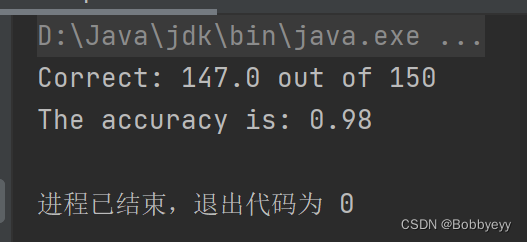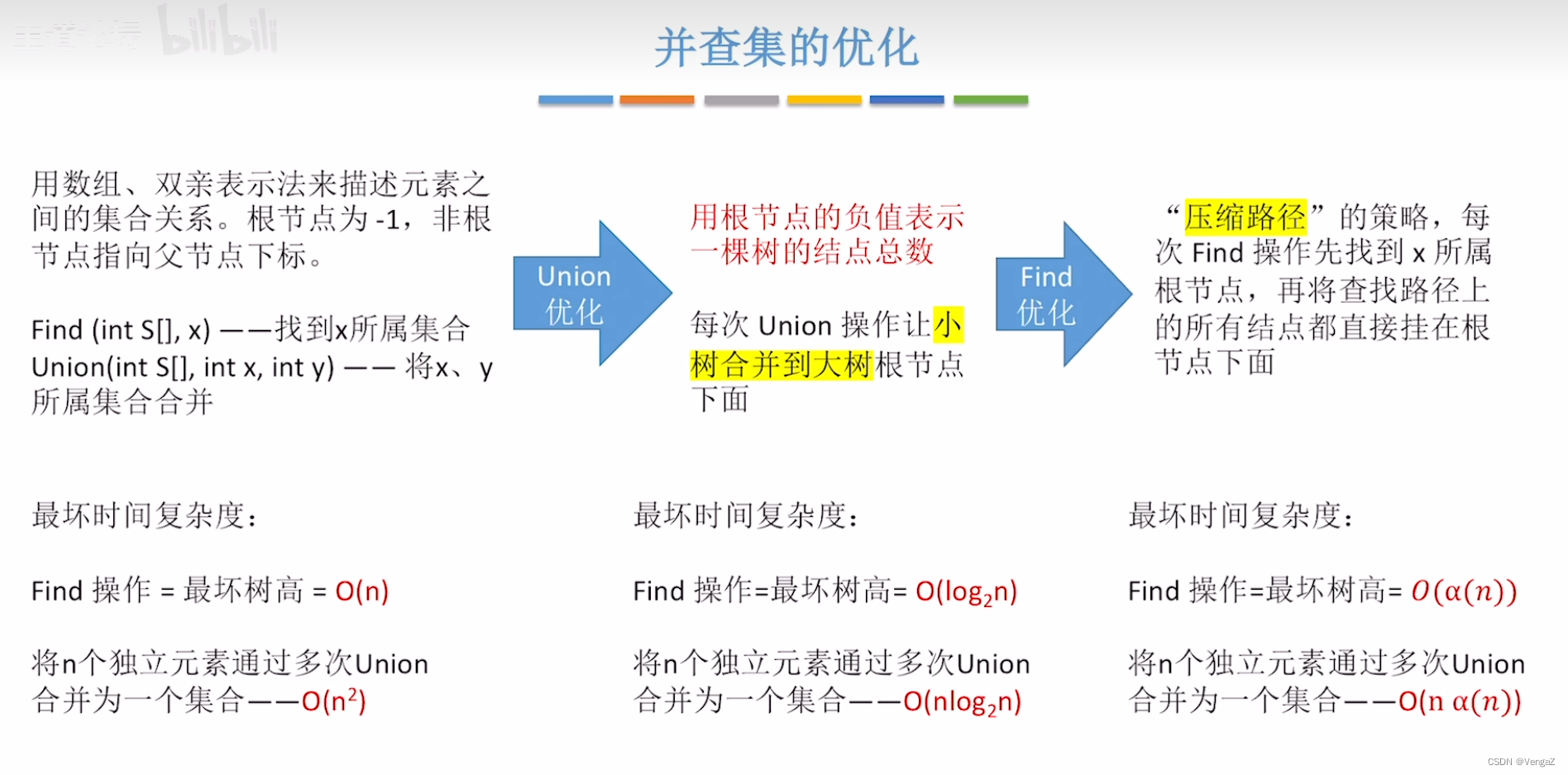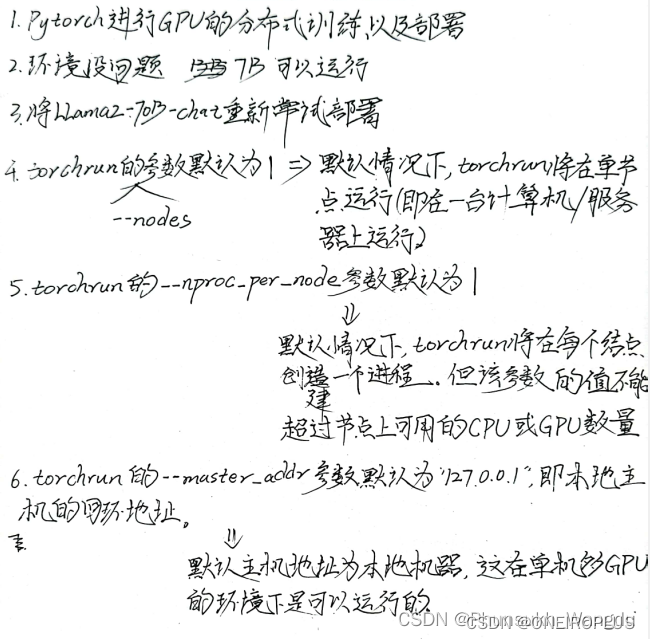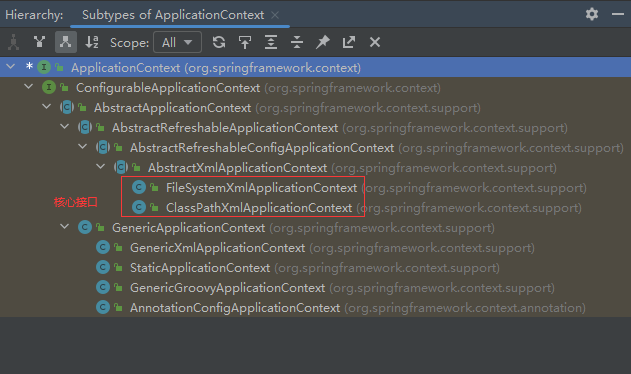代码:
package dl;
/**
* Back-propagation neural networks. The code comes from
*/
public class SimpleAnn extends GeneralAnn{
/**
* The value of each node that changes during the forward process. The first
* dimension stands for the layer, and the second stands for the node.
*/
public double[][] layerNodeValues;
/**
* The error on each node that changes during the back-propagation process.
* The first dimension stands for the layer, and the second stands for the
* node.
*/
public double[][] layerNodeErrors;
/**
* The weights of edges. The first dimension stands for the layer, the
* second stands for the node index of the layer, and the third dimension
* stands for the node index of the next layer.
*/
public double[][][] edgeWeights;
/**
* The change of edge weights. It has the same size as edgeWeights.
*/
public double[][][] edgeWeightsDelta;
/**
********************
* The first constructor.
*
* @param paraFilename
* The arff filename.
* @param paraLayerNumNodes
* The number of nodes for each layer (may be different).
* @param paraLearningRate
* Learning rate.
* @param paraMobp
* Momentum coefficient.
********************
*/
public SimpleAnn(String paraFilename, int[] paraLayerNumNodes, double paraLearningRate,
double paraMobp) {
super(paraFilename, paraLayerNumNodes, paraLearningRate, paraMobp);
// Step 1. Across layer initialization.
layerNodeValues = new double[numLayers][];
layerNodeErrors = new double[numLayers][];
edgeWeights = new double[numLayers - 1][][];
edgeWeightsDelta = new double[numLayers - 1][][];
// Step 2. Inner layer initialization.
for (int l = 0; l < numLayers; l++) {
layerNodeValues[l] = new double[layerNumNodes[l]];
layerNodeErrors[l] = new double[layerNumNodes[l]];
// One less layer because each edge crosses two layers.
if (l + 1 == numLayers) {
break;
} // of if
// In layerNumNodes[l] + 1, the last one is reserved for the offset.
edgeWeights[l] = new double[layerNumNodes[l] + 1][layerNumNodes[l + 1]];
edgeWeightsDelta[l] = new double[layerNumNodes[l] + 1][layerNumNodes[l + 1]];
for (int j = 0; j < layerNumNodes[l] + 1; j++) {
for (int i = 0; i < layerNumNodes[l + 1]; i++) {
// Initialize weights.
edgeWeights[l][j][i] = random.nextDouble();
} // Of for i
} // Of for j
} // Of for l
}// Of the constructor
/**
********************
* Forward prediction.
*
* @param paraInput
* The input data of one instance.
* @return The data at the output end.
********************
*/
public double[] forward(double[] paraInput) {
// Initialize the input layer.
for (int i = 0; i < layerNodeValues[0].length; i++) {
layerNodeValues[0][i] = paraInput[i];
} // Of for i
// Calculate the node values of each layer.
double z;
for (int l = 1; l < numLayers; l++) {
for (int j = 0; j < layerNodeValues[l].length; j++) {
// Initialize according to the offset, which is always +1
z = edgeWeights[l - 1][layerNodeValues[l - 1].length][j];
// Weighted sum on all edges for this node.
for (int i = 0; i < layerNodeValues[l - 1].length; i++) {
z += edgeWeights[l - 1][i][j] * layerNodeValues[l - 1][i];
} // Of for i
// Sigmoid activation.
// This line should be changed for other activation functions.
layerNodeValues[l][j] = 1 / (1 + Math.exp(-z));
} // Of for j
} // Of for l
return layerNodeValues[numLayers - 1];
}// Of forward
/**
********************
* Back propagation and change the edge weights.
*
* @param paraTarget
* For 3-class data, it is [0, 0, 1], [0, 1, 0] or [1, 0, 0].
********************
*/
public void backPropagation(double[] paraTarget) {
// Step 1. Initialize the output layer error.
int l = numLayers - 1;
for (int j = 0; j < layerNodeErrors[l].length; j++) {
layerNodeErrors[l][j] = layerNodeValues[l][j] * (1 - layerNodeValues[l][j])
* (paraTarget[j] - layerNodeValues[l][j]);
} // Of for j
// Step 2. Back-propagation even for l == 0
while (l > 0) {
l--;
// Layer l, for each node.
for (int j = 0; j < layerNumNodes[l]; j++) {
double z = 0.0;
// For each node of the next layer.
for (int i = 0; i < layerNumNodes[l + 1]; i++) {
if (l > 0) {
z += layerNodeErrors[l + 1][i] * edgeWeights[l][j][i];
} // Of if
// Weight adjusting.
edgeWeightsDelta[l][j][i] = mobp * edgeWeightsDelta[l][j][i]
+ learningRate * layerNodeErrors[l + 1][i] * layerNodeValues[l][j];
edgeWeights[l][j][i] += edgeWeightsDelta[l][j][i];
if (j == layerNumNodes[l] - 1) {
// Weight adjusting for the offset part.
edgeWeightsDelta[l][j + 1][i] = mobp * edgeWeightsDelta[l][j + 1][i]
+ learningRate * layerNodeErrors[l + 1][i];
edgeWeights[l][j + 1][i] += edgeWeightsDelta[l][j + 1][i];
} // Of if
} // Of for i
// Record the error according to the differential of Sigmoid.
// This line should be changed for other activation functions.
layerNodeErrors[l][j] = layerNodeValues[l][j] * (1 - layerNodeValues[l][j]) * z;
} // Of for j
} // Of while
}// Of backPropagation
/**
********************
* Test the algorithm.
********************
*/
public static void main(String[] args) {
int[] tempLayerNodes = { 4, 8, 8, 3 };
SimpleAnn tempNetwork = new SimpleAnn("C:\\Users\\86183\\IdeaProjects\\deepLearning\\src\\main\\java\\resources\\iris.arff", tempLayerNodes, 0.01,
0.6);
for (int round = 0; round < 5000; round++) {
tempNetwork.train();
} // Of for n
double tempAccuracy = tempNetwork.test();
System.out.println("The accuracy is: " + tempAccuracy);
}// Of main
}// Of class SimpleAnn
结果:

![[迁移学习]领域泛化](https://img-blog.csdnimg.cn/3e5c5aca96b748c893f1f4673847a31c.png)


















